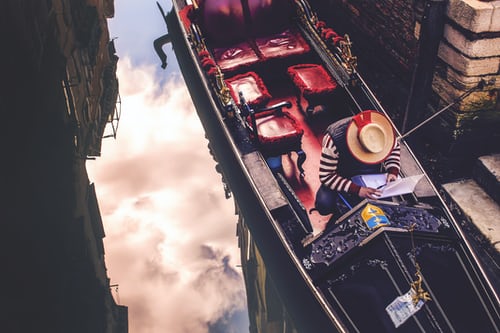
|
I visited the lovely city of Venezia in February 2014, this is a city I’ve always dreamt of visiting. The true marvel of the surroundings makes you feel as though you’ve stepped into a postcard. You can either fly into Venice or visit by train just as I did. The journey is straightforward and felt like just a short hop from Bologna. I’d researched the route beforehand so I knew I just had to walk for a minute or two before jumping onto the river taxi. Unless you are doing a romantic trip or special occasion the Gondola’s are a high price to pay. The water taxis are much more reasonable and were a comfortable short ride. I arrived on the last day of the world-famous carnivale. The main square still had the stand erected and lots of costumes floating around the city. I walked through the main square, then sat and had Pizza in one of the restaurants. Depending on where you choose to eat the prices are reasonable. I sat there alone but not for very long, as an older gentleman on the next table shared a conversation with me. He was in a group tour and had lost his wife somewhere in the crowd, but he didn’t seem to upset by it. He was an American tourist and like me just visiting for the day. He told me that I was very lucky that day as a couple of days before they had to evacuate part of the town because of the flooding, so their days were cut shorter than expected.
Spending a day in the city isn’t enough, I spent hours walking around the cobbled streets and admiring the buildings. Even though there was still a little snow on the ground most of it had melted away throughout the day, but it didn’t dampen my enthusiasm for exploring on my own. By 6.30pm and time to get back on the train back to Bologna. Now for a bit of history. The city of Venice was built hundreds of years ago. The city was constructed in a largely uninhabited area of marshland. The early settlers identified the area as being a safe-haven from attackers due to its canals and early detection of any oncoming attackers. The area was amidst winding canals which the locals were familiar with and therefore they could navigate easily.
|
| The early dwellings were built in small micro villages on wooden posts, later hundreds of wooden posts were shipped into the area as foundations for the brick town that we see today. Underneath the bed of water it was discovered that there is a clay-like consistency so the posts were driven in and naturally fixed into positions, some lower than others, as the post sit on the even parts of the bed, hence why we see the church towers and slightly leaning to one side. On top of the posts a wooden pallet was set and on top of the bed bricks and flexible mortar was used rather than concrete, followed by two layers of sandstone. The sandstone material was not permeable by the sea-water. On top of that layer the houses were constructed, the houses couldn’t be more than three stories high due to the maximum weight that the foundation structure could contain without the risk of sinking. |
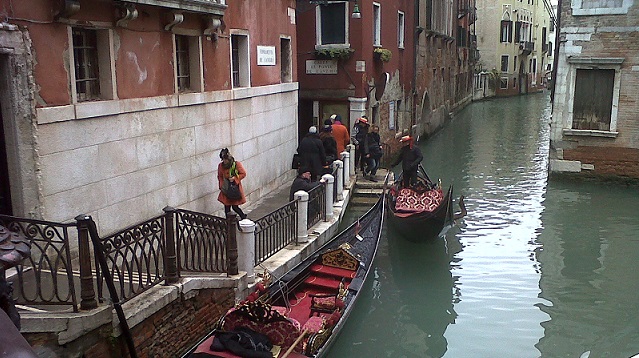 |
| Over the years with the onset of commercial activities the foundations of the buildings have been threatened due to the volume of sea movement. Buildings foundations are seen to be eroding, the early settlers used small boats and Gondola’s to navigate their way through the water roads. However, later the increase in motorboats s now forcing the sea level and waves to move at a much faster pace and hit the buildings at a high level, this is above the protective mortar layer. The city is seeing an increase in subsidence and buildings are shadowing decay and grounds at the ground level. The cruise ships are another threat to the city with an even more powerful surge in water activity. There have been ongoing protests with Venetian residents to try and stop the cruise ships. This is seen as a win/lose situation for some as some relish in the economic abundance that this high volume traffic spends, yet a double edge sword as with them brings more sea pollution and damage to Venice infrastructure in terms of buildings. |
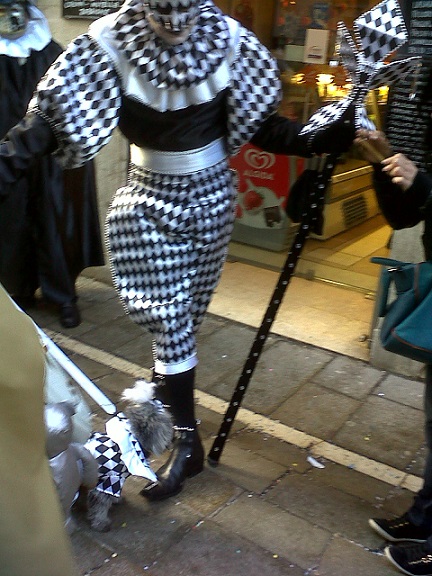 |
|
Venice research has been going on from an environmental and scientific standpoint. The city is given only Euro 2 million per year to maintain its foundations, but it needs approx Euro 15 million. There are a couple of ideas as to how to save the city, one is that a project can be implemented to construct flood gates and as the water level rises, the flood gates lift. Another option has been identified to build a structure underneath the entire city to raise it. A further concept of the renovation program has seen parts of the canal being drained to carry out essential works to some buildings which are at risk of detrimental water damage. Parts of the canal would need to be closed for a minimum of three months, the works are carried out by hand which is why it such a time-consuming exercise. Verdict This marvellous town is most certainly worth a second visit, I’d probably aim to spend at least 3 days and stay close to the Rialto bridge as it’s a central point to explore the town. |

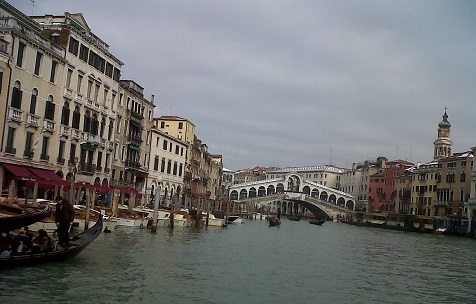
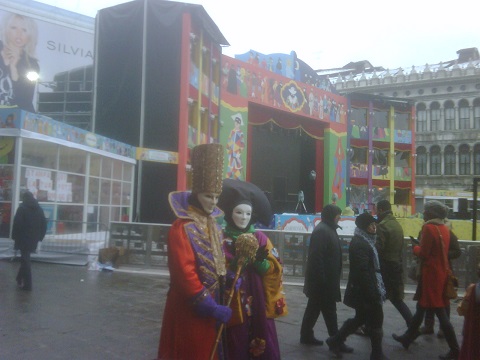
One thought on “Step into the postcard that is Venice”